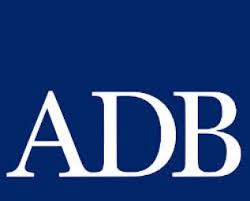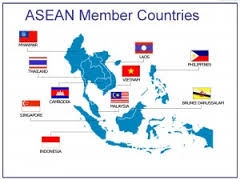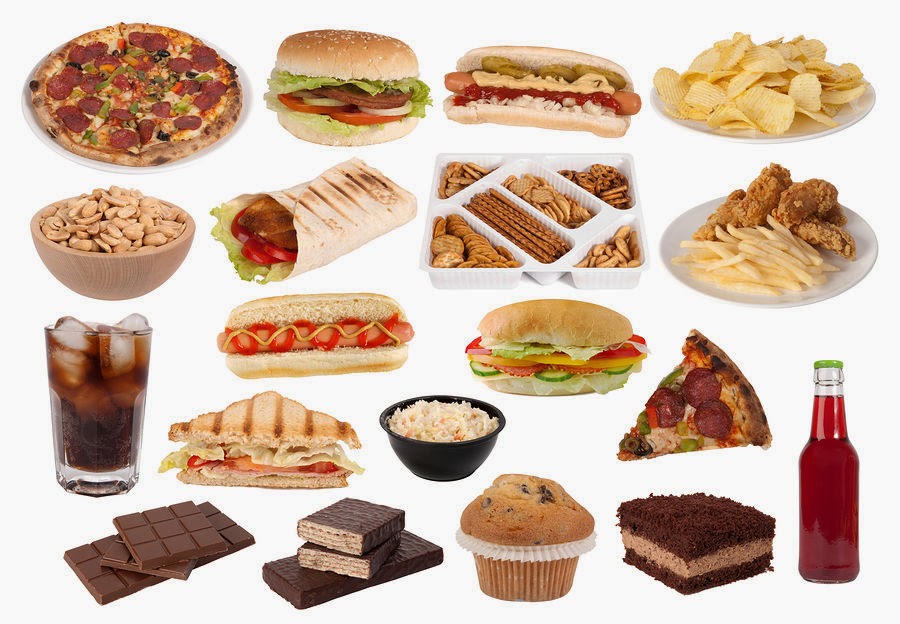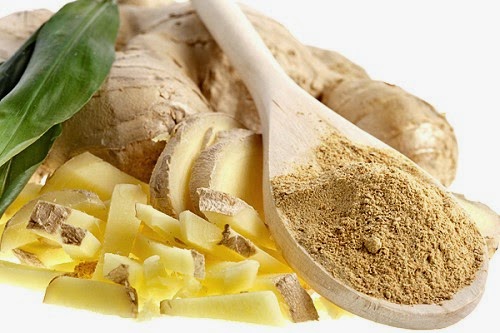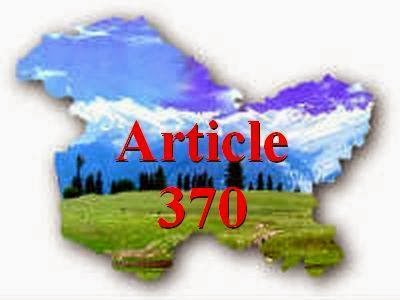The Asian Development Bank (ADB) is a regional development bank established on 22 August 1966 which is head quartered in Metro Manila, Philippines to facilitate economic development of countries in Asia. The bank admits the members of the United Nations Economic and Social Commission for Asia and the Pacific (UNESCAP, formerly known as the United Nations Economic Commission for Asia and the Far East) and non-regional developed countries.
From 31 members at its establishment, ADB now has 67 members – of which 48 are from within Asia and the Pacific and 19 outside. Its main instruments for helping its developing member countries are policy dialogue, loans, equity investments, guarantees, grants, and technical assistance.
The highest policy-making body of the bank is the Board of Governors composed of one representative from each member state. The Board of Governors, in turn, elect among themselves the 12 members of the Board of Directors and their deputy. Eight of the 12 members come from regional (Asia-Pacific) members while the others come from non-regional members.
The Board of Governors also elect the bank’s President who is the chairperson of the Board of Directors and manages ADB. The president has a term of office lasting five years, and may be reelected. Traditionally, and because Japan is one of the largest shareholders of the bank, the president has always been Japanese.
The most recent president was Takehiko Nakao, who succeeded Haruhiko Kuroda in 2013.
The headquarters of the bank is at 6 ADB Avenue, Mandaluyong City, Metro Manila, Philippines, and it has representative offices around the world. The bank employs 3,051 people, of which 1,463 (48%) are from the Philippines.
The logo of the annual meeting signifies the ‘web of life’ and is based on the tribal motifs of central India, the visual represents the cycle of life.
The two largest shareholders of the Asian Development Bank are the United States and Japan. Although the majority of the Bank’s members are from the Asia-Pacific region, the industrialized nations are also well represented. Regional development banks usually work in harmony with both the International Monetary Fund and the World Bank in their activities.
ADB’s vision is an Asia and Pacific region free of poverty. Its mission is to help its developing member countries reduce poverty and improve the quality of life of their people. ADB is committed to reducing poverty through inclusive economic growth, environmentally sustainable growth, and regional integration.
Asian Development Bank (ADB) holds an Annual Meeting (AM) of its Member Countries around the first Sunday of May every year. This is normally a four day event comprising seminars, workshops and two days of formal meetings attended by Finance Ministers/their representatives of 67 Member Countries.


